The color-changing ingredient is caffeine-free and full of antioxidants
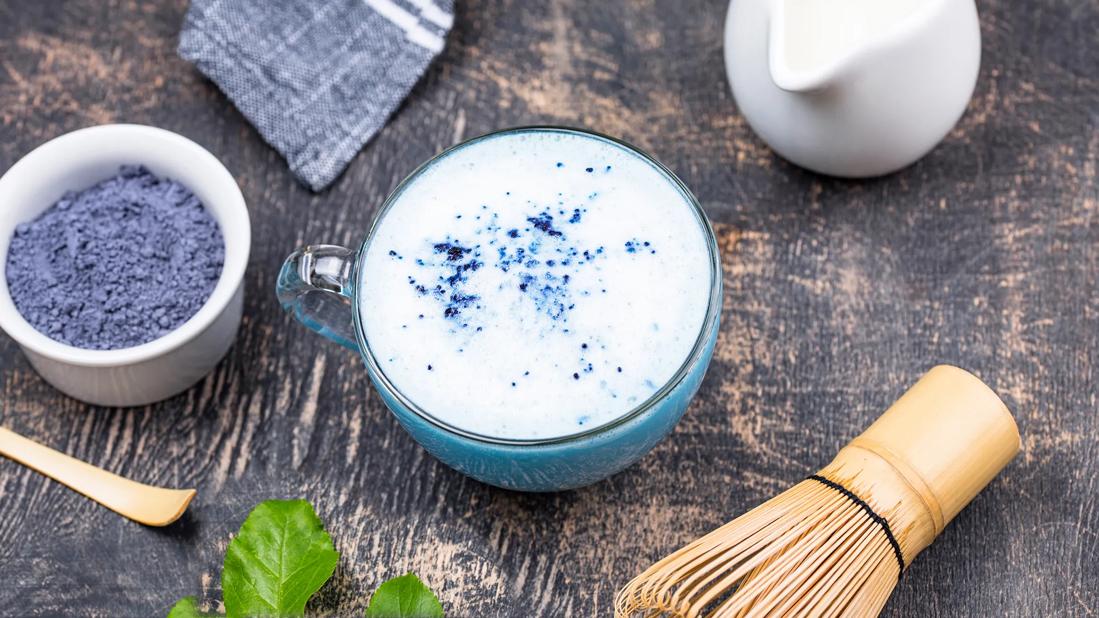
You’ve probably heard of green matcha, a brightly colored green tea powder that’s full of antioxidants and other health benefits.
Advertisement
Cleveland Clinic is a non-profit academic medical center. Advertising on our site helps support our mission. We do not endorse non-Cleveland Clinic products or services. Policy
But what about its cerulean cousin known as blue matcha?
The trendy ingredient — a bold blue powder — has been featured on social media in everything from cocktails to smoothie bowls.
While blue matcha benefits aren’t the same as green matcha, the indigo ingredient may brighten up your day in more ways than one.
Registered dietitian Natalie Romito, RD, LD, explains how blue matcha may benefit you and offers some tips on how to incorporate it into your meals.
Blue matcha is made from the flower of a butterfly pea plant.
“Blue matcha is typically a powder, but sometimes you’ll see it as brewing tea,” explains Romito. “It’s very different from green matcha, but they’re consumed similarly, so that’s probably how blue matcha got its name.”
But when it comes to blue matcha, there’s an added visual bonus that’s become especially popular in cocktails and drinks.
“Blue matcha can change colors,” says Romito. “When the antioxidants in blue matcha are exposed to or interact with ingredients with an acidic pH like lemonade, it changes from blue to purple or pink.”
While this chameleon can be fun to experiment with, Romito says it also comes with some potential health benefits:
Green matcha is full of caffeine — making it a great option for your morning pick-me-up. On the other hand, blue matcha is caffeine-free.
Advertisement
“This is especially important if you don’t consume caffeine or are caffeine-sensitive,” Romito points out.
Anthocyanins give foods (think cherries, pomegranates, eggplant, red cabbage) their deep blue or purple hue. And while we know antioxidants are good for us, researchers are still working to determine how anthocyanins may help with certain diseases.
Possibilities include:
“Blue matcha works the same as any other food that contains these antioxidants,” stresses Romito. “It’s not like blue matcha provides a better benefit than having blueberries or purple sweet potatoes. It’s best if you get a variety of all those great blue and purple foods.”
You may have seen claims that blue matcha can help with your blood sugar levels. But Romito notes the research was an animal study.
“Blue matcha might have the potential to help lower blood sugar in people,” Romito says, “but it’s important to note that it’s not been proven in people yet. So, if you’re on the anti-diabetic medication and you start drinking this tea, make sure to let your doctor know — especially if you’re drinking it regularly.”
Other claims about blue matcha include helping with healing wounds or improving your cholesterol. But Romito warns those benefits may come from different parts of the butterfly pea flower, which aren’t commonly found in blue matcha.
“It’s often the roots or the seeds, not necessarily the flower itself, that are used in Ayurvedic medicine,” Romito maintains. “And often, the white version of the butterfly pea flower plant is actually used more often for medicine versus the blue variety of the butterfly pea flower.”
Overall, blue matcha seems to be a safe ingredient to consume.
When it comes to potential allergies, Romito suggests that if you’re allergic to flowers, you may want to tread lightly and see how you react to small amounts of blue matcha before diving in.
Additionally, Romito cautions that it’s best not to overconsume blue matcha.
“Too much of anything can be bad for you. So, try to stick to one serving of blue matcha a day. If you end up with nausea or other digestive issues from consuming it, then your body might just not like it,” advises Romito. “In that case, you can just eat blueberries and other blue foods and purple foods and still get the same health benefits.”
As you’ve probably seen on your Instagram feed, many people tend to use the natural colorant in hot and cold drinks like blue matcha lattes or smoothies.
Advertisement
Romito says she’s seen recipes using blue matcha in cookies and other baked goods. And that’s just the tip of the indigo iceberg — feel free to experiment with blue matcha.
Another positive note? While green matcha is known for its strong, grassy flavor, Romito notes that blue matcha has a mild taste.
And the key to using blue matcha is to make sure you thoroughly mix the powder into whatever substance or mixture you’re adding it to so there’s consistent color, texture and taste.
Adding blue matcha to your coffee, tea, cocktails and other types of food can give those items a boost of color. And while there are some healthy upsides to consuming blue matcha, more research is needed to fully understand all the potential healthy advantages.
“If you want to try blue matcha and you like it, that’s totally fine. I wouldn’t use it as a replacement for other blue- and purple-hued foods — so, still make sure you’re eating blueberries, beets and grapes,” concludes Romito. “Blue matcha isn’t a replacement for other foods, but it can be a nice addition just to have something a little bit different.”
Advertisement
Learn more about our editorial process.
Advertisement
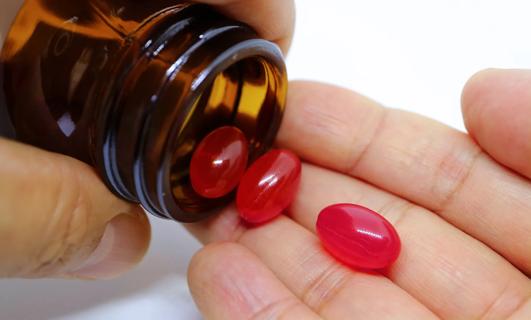
Most people don’t need additional CoQ10, but it may help if you live with migraines or heart disease — if you check with your doctor first
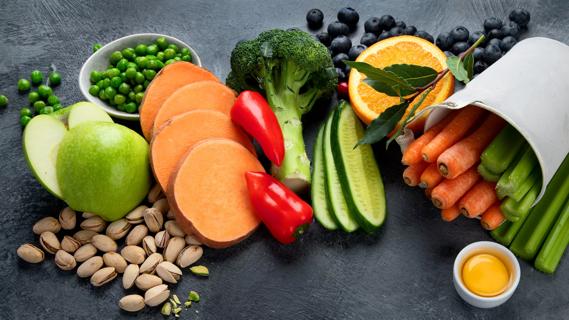
This powerful carotenoid can help with your eye and skin health, LDL reduction and cognitive function

Found in colorful foods like spinach, corn and oranges, this carotenoid helps with eye, skin and liver health
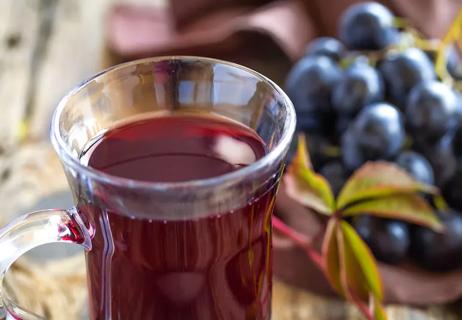
Resveratrol is a powerful antioxidant that provides protective benefits for your heart, brain and body
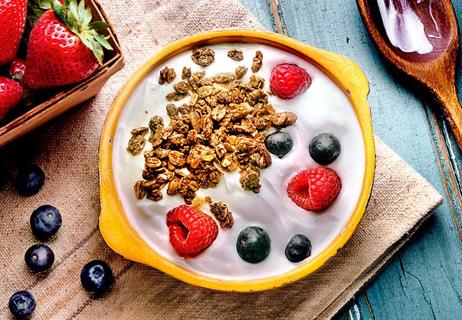
Antioxidants pose no risk to your health, only rewards

Breathing, exercise, mindfulness and more can help you unwind and step away from your stress

Move a little more, eat a little healthier, sleep a little better and destress a lot

From breath meditation to yoga nidra, all types of meditation aim to help you feel calmer, more relaxed and present

The best parenting style balances enforcing rules and showing plenty of love

Tips include cutting back on sugar, focusing on exercise and managing stress

It can be harder to let go when you’ve invested time, energy and emotions — but it might be the healthier choice long term